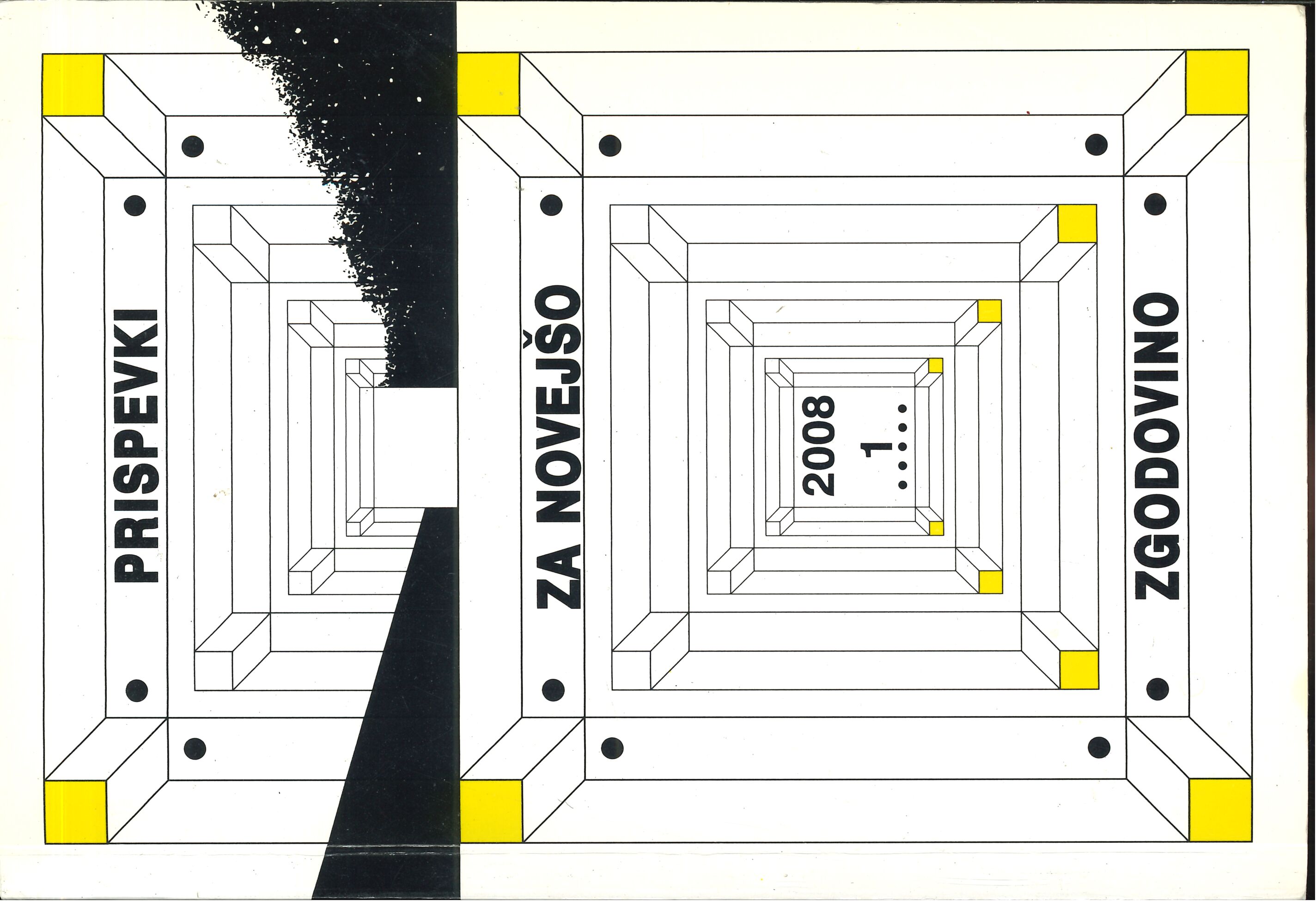On agricultural societies in the Carniola, Styria and Carinthia in the pre-march period
Keywords:
Slovenia, agricultural societies, agriculture, modernisation, pre-March periodAbstract
The article focuses on the activitie of three agricultural societies in Slovenia, and emphasizes that in the first years of the 19th century these societies were still modelled after the 18th century agricultural societies, while since 1820s they have expanded their activities and membership under the influence of the Styrian agricultural society and its president Archduke John Baptist of Habsburg, the Emperor's brother. The Styrian agricultural society was the only one of these societies to be organised in branches and have a more significant number of farmers among its members. Agricultural societies dedicated themselves to trying out new cultures, tools and production processes, and in the 1830s and 40s they also encouraged the cultivation of industrial plants, introduction of chemical fertilisers and disease prevention. At the same time they strived for the division of common pastures and regularisation of (forest) easement, but they have not touched upon the peasants' social position and abolishment of serfdom until as late as 1848, even though individual realisations have already been made that freedom was also necessary for efficient Austrian historian Ernst Bruckmüller: that the agricultural societies in the pre-March period (1815-1848) should not only be evaluated in regard to the immediate economic effects of their activities. Their main significance lies in the establishment of an atmosphere open to modernisation and agricultural innovations. In this regard, agricultural societies that the author focuses on have carried out important work in the field of modernisation.
Downloads
Published
Issue
Section
License
Authors who publish with this journal agree to the following terms:
- Authors retain copyright and grant the journal right of first publication with the work simultaneously licensed under a Creative Commons Attribution License that allows others to share the work with an acknowledgement of the work's authorship and initial publication in this journal.
- Authors are able to enter into separate, additional contractual arrangements for the non-exclusive distribution of the journal's published version of the work (e.g., post it to an institutional repository or publish it in a book), with an acknowledgement of its initial publication in this journal.
- Authors are permitted and encouraged to post their work online (e.g., in institutional repositories or on their website) prior to and during the submission process, as it can lead to productive exchanges, as well as earlier and greater citation of published work (See The Effect of Open Access).


